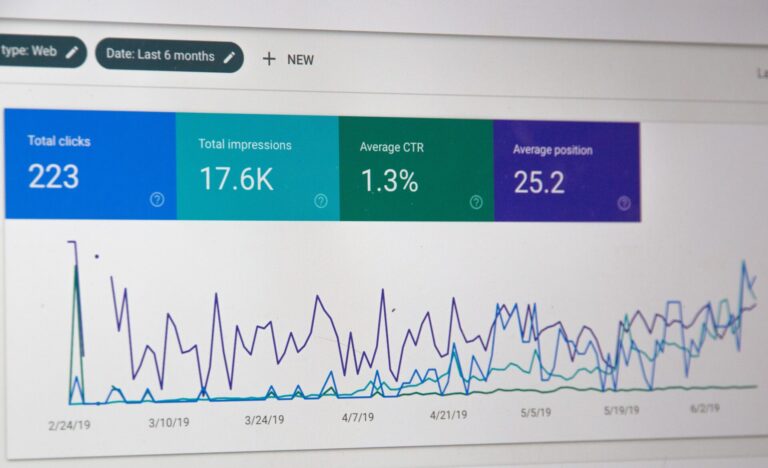Creating new content for social media seems like a drag sometimes. The social media world is tiring, and it seems like an endless race against the algorithms. But posting content doesn’t have to be as difficult as it seems.
With a little creativity, you can come up with one or many ideas for content to share online.
We’re going to cover the content repurposing so you can save yourself some time and sanity.
What is content repurposing?
Content repurposing is the process of taking a piece of content and using it in different ways to suit a new purpose.
A common way to repurpose social media content is by creating an infographic out of it or turning it into a video. For example, if you have created a blog post about how to do something, you can create an infographic with images and text that explains the steps or turn it into a video tutorial with voiceover narration and graphics. On the other hand, if you’ve created a video about how to do something, you can create an infographic with images and text that explains the steps or turn it into a blog post with pictures and text.
Jamvana, our sister company, has done a great job at this. They take episodes from their podcast The Vana Room and turn them into helpful blog posts.
Why is repurposing content important?
The benefits of content repurposing are that it saves time and money. The less time you spend on producing new content, the more you can focus on other areas of your business. It also has the added benefit of increasing your organic reach online by having more people see your content, which will lead to increased engagement rates and potentially sales (if that’s your business model).
The downside, and something to be aware of, is that repurposing content may not be as effective for some types of content. For example, a blog post that is really elaborate and filled with emotion may not convey the same energy in a video, or vice-versa. That blog post may not be the best piece of content to repurpose.
If you’re looking to create an infographic or a video, it’s more likely to drive additional traffic if you can distill the information in the video into an easy-to-read and digestible graphic. Making your own infographics and videos can also help you grow exponentially. Infographics do really well on Pinterest. And make sure that you’re watermarking them so people know who to credit and where the information is coming from.
What is the best way to repurpose content for social media?
There are different ways of repurposing content for social media, and video repurposing for TikTok and Instagram Reels are two of the most popular. TikTok is an app that allows users to post short videos with music or other original sounds in the background, which can be used as a quick way of repurposing video content. Instagram Reels allow users to upload up to 15 seconds of video footage and then add text, filters or stickers.
Both platforms are competing heavily with each other, so they’re each pushing original short-form content quite heavily. We do not recommend creating content for TikTok to be reused on Instagram Reels. Instagram executives have said that they will penalize users who repost TikTok videos to Reels by giving their profiles fewer likes.
The best way to approach content repurposing is to go over all of the pillars of content your business currently uses. Identify which pieces of content you’ve published that has performed well. Why did it perform well? Are there social posts that have done well that you can draw inspiration from?
Here are a handful of content pillars that a business may use:
- An email newsletter
- Podcast
- Vlogs
- Blog posts
- Live streams
- A book you or your business has written
- Bylines in magazines, newspapers, or digital publications
Once you’ve identified these key pillars and gold mines for content, take some time to go through each of them to find strong pieces of content that can stand alone. This could be a quote from a book. It could be a or multiple 1.5-minute clips from a podcast episode. It could be a few paragraphs from an informative email newsletter you sent out that performed really well. These can be broken up and used as carousels on Instagram and LinkedIn, for example.
The key here is to find impactful content that will resonate with your current audience. Your goal is to extend your reach and show the social media algorithms that you can produce quality content that is helpful so they push them to more of their users.
The Best Tools for Effectively Repurposing Posts for Social Media Success
You may be wondering how to get started repurposing your content. There are many different tools that can help you get the job done. And remember, the content’s age and type doesn’t really matter, as long as it’s still relevant.
There are many different tools out there to help you scheduling and posting your social media content. Tools like Hootsuite, Buffer, and CoSchedule will allow you to schedule your posts in advance and save a lot of time.
Tools like Canva and Pixlr will allow you to make great graphics for your social media posts without having any design skills at all!
There are a number of other platforms and services, but the ones mentioned above are a few of the best.
Content Marketing Best Practices When It Comes To Effective Repurposing Content
Remember that old content can still be relevant. For example, a blog post about how to change a car tire will not get old. Changing a car tire will be the same in 10 years as it is now. In the journalism and digital content world, this is called “evergreen content.” This can be especially good because evergreen content oftentimes does really well as one of the key pillars.
However, a time-sensitive podcast episode that talks about five upcoming Halloween events is not relevant in March of the following year. Those events are over—and if they’re happening again, the information will likely be much different from the past year’s event.
Conclusion
Reusing content you’ve already shared can be a huge time saver in your social media marketing strategy or content strategy. Sometimes you don’t have the bandwidth to create more new content, and that’s okay. Taking a look back at content you’ve already shared may also spark some really cool new content ideas.
Maybe you’ll want to redo an old podcast episode with new information. Maybe a blog post needs updating. Maybe you met another expert in your field that would be perfect to write a guest post on your blog—or be a guest on your podcast to elaborate more on a previously discussed topic.
The ideas become endless, and reusing your old content is a really good way to maintain a consistent posting schedule—and your sanity.








